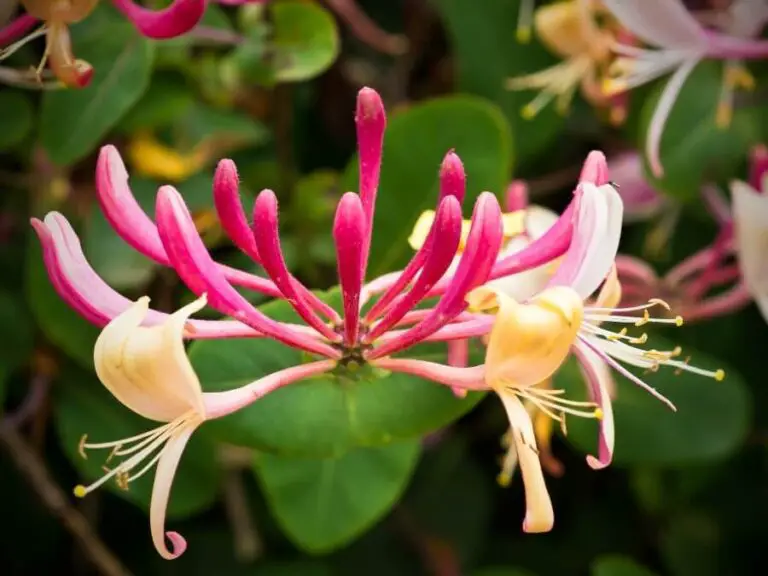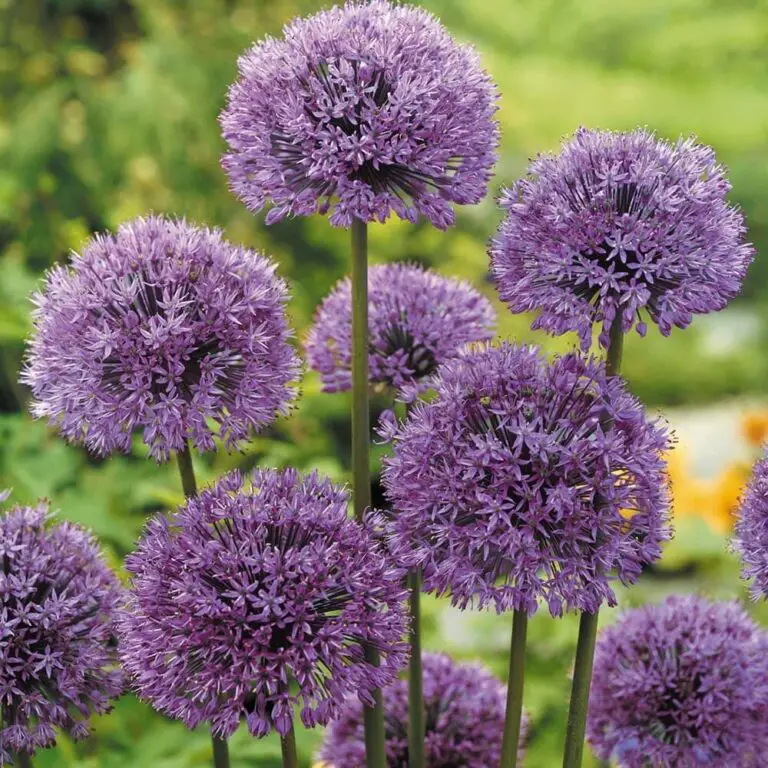10 Plants That Repel Flies Naturally And Keep The Home Bug-Free
Flies are a nuisance that can be found in unpleasant environments, such as dog or cat litter boxes, and garbage bins filled with used diapers or rotten food. While it’s easy to reach for powerful insecticides to eliminate them, these chemicals often do more harm than good, threatening the very ecosystems they’re meant to protect. In fact, many insecticides can even harm bees, which are crucial to our environment.
A better approach is to cultivate plants that naturally repel flies and create a welcoming garden or flower bed. This not only keeps flies at bay but also supports local wildlife. For example, sweet basil, bay laurel, lavender, tansy, rosemary, mint, pennyroyal, wormwood, citronella, and sweet woodruff are all effective fly repellents. By planting these species, you can enjoy a pest-free garden while also promoting biodiversity.
Sweet Basil

When it comes to keeping flies at bay, basil is an unsung hero. Whether you opt for fresh or dried varieties, the pungent aroma emitted by this herb is enough to deter these pesky insects from venturing near your home. Consider planting it in patio pots, where its thriving nature will be well-received. Alternatively, incorporate some into your flower bed arrangements near the entry of your home to create a fly-free zone.
But basil’s pest-repelling prowess doesn’t stop there – it can also be used to keep problem insects at bay in your garden. Simply plant it among your vegetables, and you’ll enjoy a bumper crop of tomatoes and squashes, safely protected from unwanted visitors. And for rose enthusiasts, basil is a godsend, effectively keeping caterpillars and other pests from damaging these beautiful blooms.
Plus, let’s not forget the added bonus – basil adds flavor and zest to a range of culinary delights and beverages.
Bay Laurel

Bay laurel has been a staple in kitchens for centuries, adding depth to a wide range of dishes. Its glossy leaves are a common sight in many cupboards, used as a regular aromatic ingredient to enhance the flavors of various entrees. But bay laurel’s utility doesn’t stop there – it also possesses natural insect-repelling properties that make it an effective deterrent against mice, weevils, and other unwanted pests.
When fresh or dried, its pungent scent is released, creating a barrier against unwanted intruders. To take advantage of this property, bay laurel can be bundled and hung near entryways during fly season, effectively keeping pesky flies at bay.
Lavender

Lavender’s charm lies not only in its aesthetic appeal, but also in its ability to repel unwanted pests. Its sweet fragrance is a natural deterrent for flies and other insects, making it a popular choice among gardeners. This low-maintenance plant thrives in sunny, hot environments with well-drained soil, making it an ideal addition to any Arizona garden. Interestingly, lavender’s scent has the opposite effect on flies compared to strong-smelling substances like cat poop, which can attract them.
Instead, the sweet aroma of lavender seems to trigger an allergic reaction in these pesky insects, effectively keeping them at bay.
Tansy

While Tansy may not be a well-known entity among those who frequent all-natural insect repellent articles, its potential to deter unwanted visitors is undeniable. As an added benefit, the plant’s oils can be extracted and used to create a natural fly repellent spray. This eco-friendly solution offers a safer alternative to chemical-based options like DDT or Baygon sprays.
By applying the tansy-infused spray to door frames, window frames, or other entry points, homeowners can effectively prevent flies from entering their homes and ruining outdoor gatherings. As a natural barrier against these pests, Tansy’s properties make it an excellent addition to any all-natural insect repellent arsenal.
Rosemary
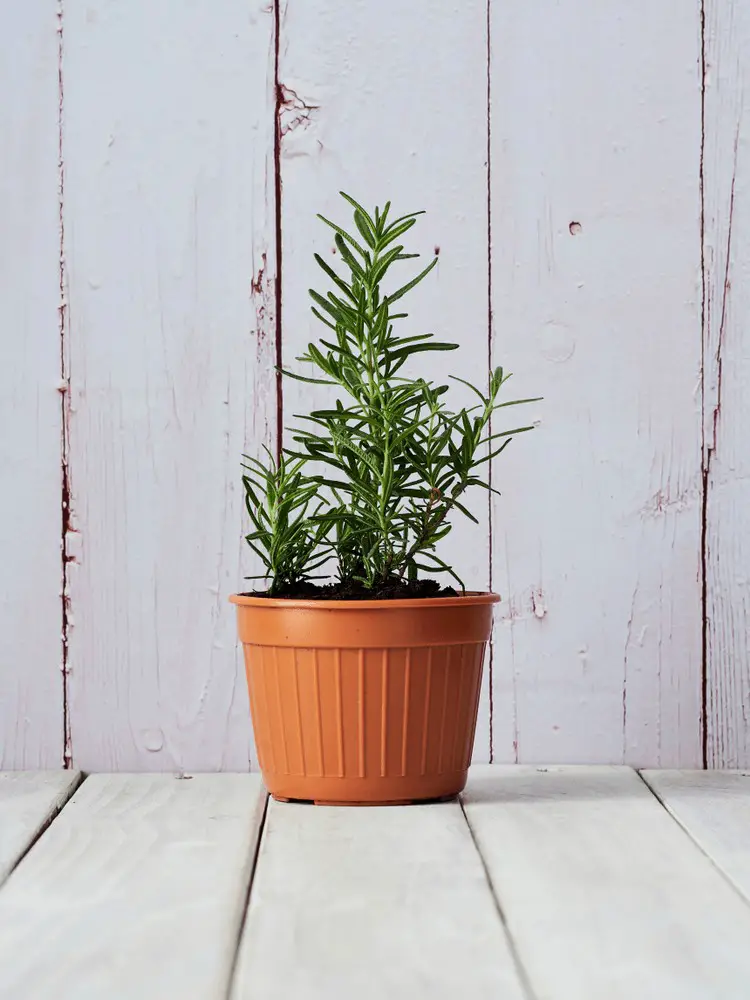
Rosemary, a fragrant evergreen shrub, is not only a popular culinary herb but also a natural fly repellent. When present in your garden, flies will fly away due to the strong scent emanating from its leaves. As a low-maintenance plant, rosemary can thrive in many growing zones, provided it receives proper care and protection. Its size can be quite impressive, reaching 5-6 feet in width and 3-4 feet in height, making sure to allocate sufficient space for it is essential.
The herb’s distinctive aroma not only makes it a sought-after ingredient in aromatherapy but also lends itself well to a variety of culinary applications. With rosemary growing in your garden, you can rest assured that flies won’t be attracted to the area.
Mint
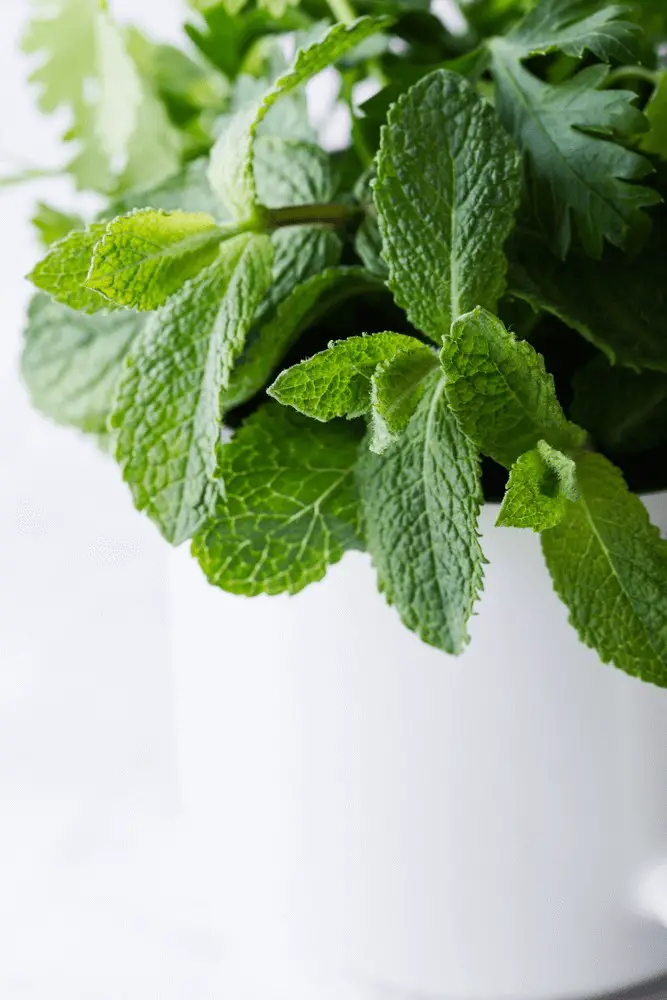
The peculiar phenomenon where the most sought-after flavors of toothpaste and candy are unappealing to common flies is intriguing. In reality, mint has a repulsive effect on these insects. This isn’t surprising, given that the mint family encompasses various subcategories such as citrus mints, sweet mints, spearmints, and peppermints.
The menthol/mentha component found in mint not only imparts a refreshing sensation when applied to the skin or mouth but also exerts a profound impact on mint-sensitive insects, including the notorious fly. Interestingly, all types of mint emit their distinct aroma regardless of whether they’re dried or harvested fresh.
Pennyroyal

Pennyroyal, a potent plant with aromatic oils, offers a natural solution for repelling biting insects like mosquitoes and flies, as well as pests like mice. Its versatility allows you to use it decoratively or release its oils onto hats and clothing. While the plant’s potency is undeniable, caution should be exercised when handling it. Avoid ingesting the oils or the plant itself, unless under medical supervision for specific conditions.
Instead, appreciate pennyroyal’s natural insecticidal properties in your garden, where it can effectively deter hungry caterpillars from attacking your prized tomatoes.
Wormwood
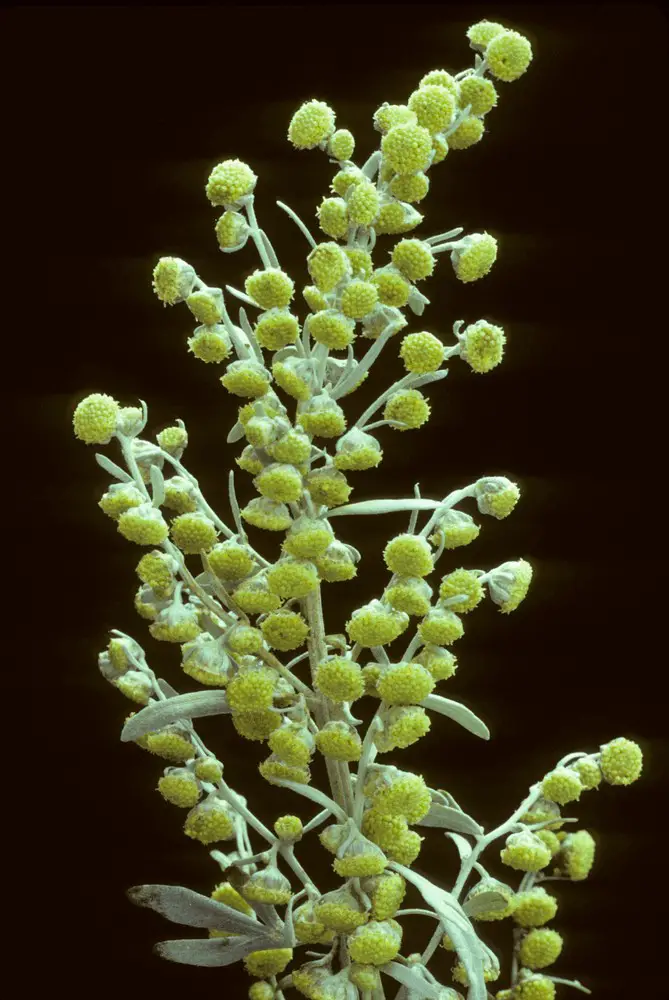
Wormwood, a versatile and beneficial garden plant, boasts leaves containing a potent resinous particle that can eradicate insects in an eco-friendly manner. Unlike synthetic pesticides, this natural insect killer requires no artificial intervention, making it an attractive alternative for organic enthusiasts. For optimal results, harvest wormwood fresh and apply the resin to your clothing or skin to repel flies and other unwanted pests.
You can also bundle the herb and strategically place it near entryways, closets, or other areas where insects are likely to congregate. Interestingly, wormwood is famously known as absinthe, a substance with a rich history dating back over 3,000 years when it was used in medicine. Its popularity as a trendy beverage flavoring peaked in the 19th Century, but its toxic effects when consumed in excess led to widespread bans in many countries.
Citronella
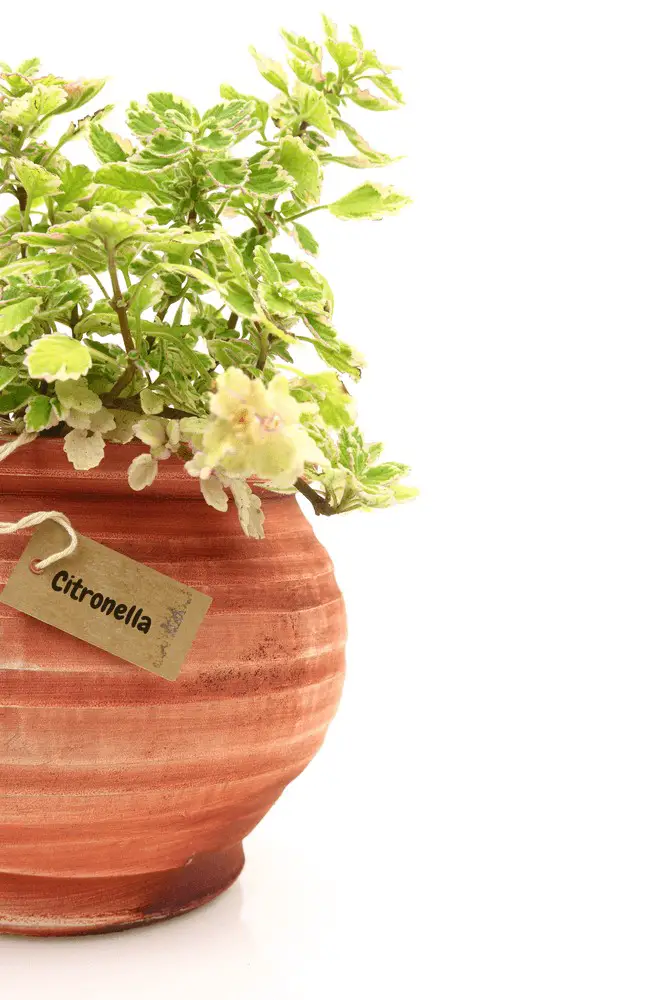
In many parts of the United States, citronella grass is a sought-after ornamental plant that can thrive in frost-free zones and landscaped areas. However, it’s essential to note that this tropical plant cannot tolerate cold climates, making it necessary to bring it indoors when winter approaches or maintain it within a patio planter under proper care conditions.
One of the most notable features of citronella grass is its ability to repel insects such as mosquitoes, ticks, and flies through the release of antibacterial and antifungal oils found in its fronds. The distinct fragrance emitted by these oils has a strong, relieving quality that borders on being insecticidal when released through friction or brushing against other surfaces.
Sweet Woodruff
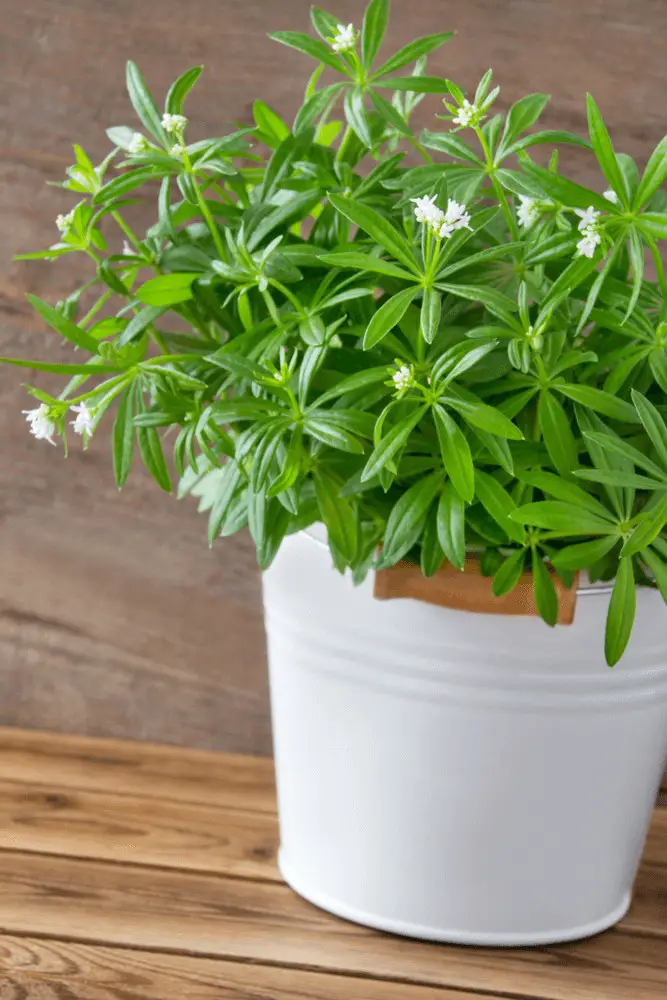
The sweet-smelling woodruff, with its delicate white flowers and umbrella-shaped leaves, doubles as an effective fly deterrent and remover. This hardy-growing carpet-like plant thrives from 10 to 12 inches in height, providing a natural shade for your garden while also keeping it fragrant and fresh. Unlike other fly-repelling options that require tedious preparations like leaf-cutting or drying, woodruff simply needs to be grown, allowing it to work its magic without any extra effort.
In fact, it’s almost as if the plant has a unique ability to repel flies in reverse, much like the infamous rafflesia. This charming perennial is particularly popular among bulb enthusiasts, and can even bring a breath of fresh air to your outdoor spaces when placed in patio pots.
In a Nutshell
Nobody wants flies buzzing around their homes or gardens, but using a combination of certain plants can effectively keep them at bay. Not only will these natural repellents and insecticides ward off those pesky insects, they’ll also leave your home smelling fresh and clean. Plus, many other pests will be kept in check, ensuring that your prized potatoes, tomatoes, gingers, and more remain safe from unwanted munching.
By opting for natural methods to deter invaders, you can avoid harming beneficial insects and preserving the delicate balance of your ecosystem.




